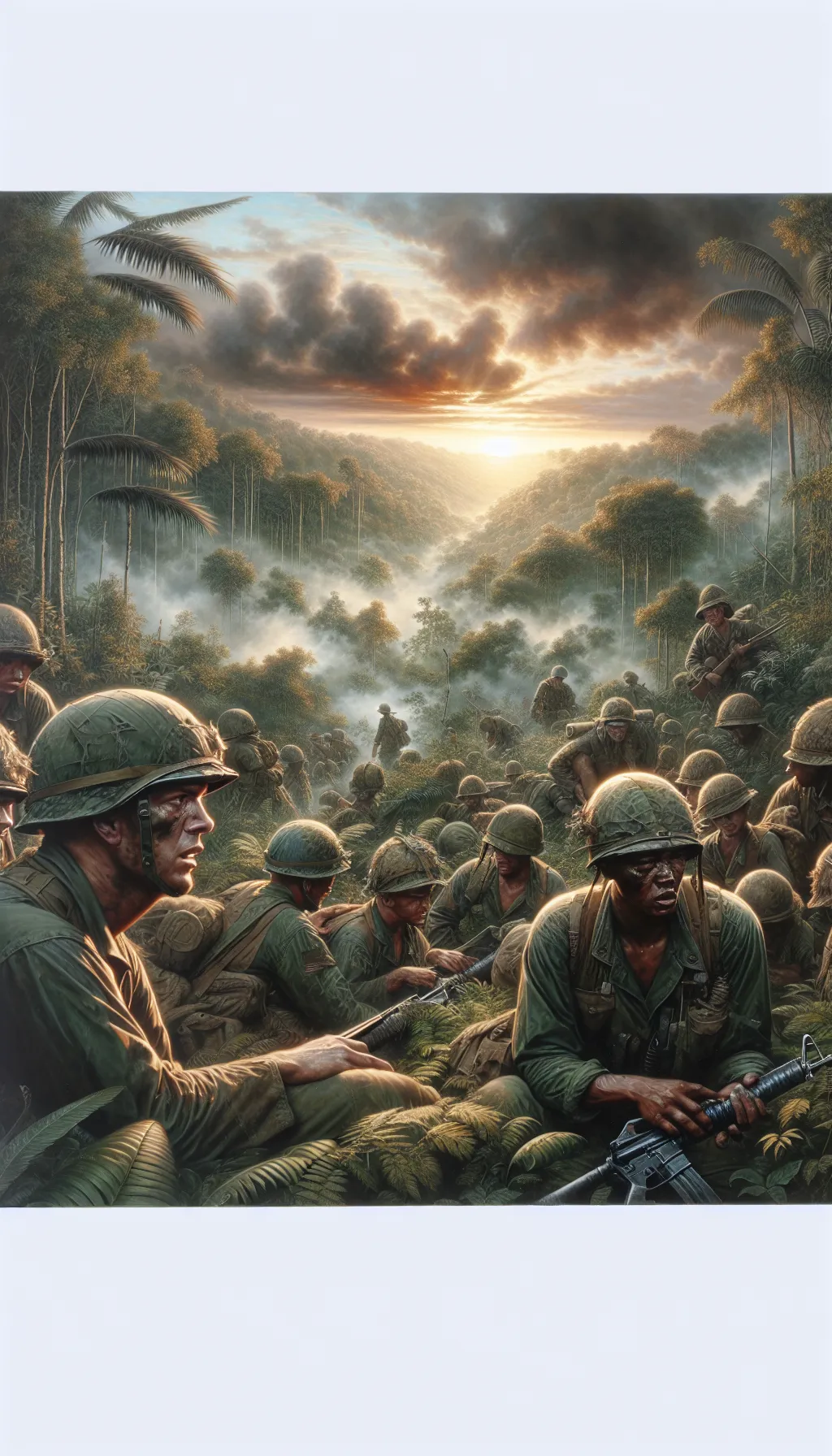Philippines – The Fall of Bataan – April 9, 1942
TLDR;
- Event: On April 9, 1942, the United States and Filipino forces surrendered to the Japanese after a grueling battle on the Bataan Peninsula during World War II.
- Conditions: The defenders, suffering from disease, hunger, and lack of supplies, were overwhelmed by the Japanese forces’ superior numbers and firepower.
- Aftermath: The surrender led to the Bataan Death March, a brutal 65-mile (104.6 km) forced march of prisoners of war, resulting in thousands of deaths.
- Legacy: The fall of Bataan became a symbol of resilience and sacrifice, inspiring the Allied forces and underscoring the brutal realities of war.
–
Story
The air was thick with tension and the acrid smell of gunpowder as the sun rose over the jungles of Bataan. Exhausted, starving, and outgunned, the United States and Filipino forces faced the grim reality of their situation. For months, they had held the line against the relentless Japanese advance, but now, on April 9, 1942, the end was inevitable.

The Battle of Bataan was a desperate struggle from the start. After the attack on Pearl Harbor, Japanese forces swiftly moved to capture the Philippines, a strategic location in the Pacific. American and Filipino troops, initially under the command of General Douglas MacArthur, who was ordered to evacuate to Australia in March 1942, were later led by Major General Edward P. King Jr. in their defense of the Bataan Peninsula. Despite their valiant efforts, they were cut off from reinforcements and supplies, forced to endure disease, hunger, and the constant barrage of enemy fire.
As the weeks dragged on, the situation grew dire. The soldiers, weakened by malnutrition and illness, fought bravely but were ultimately overwhelmed by the superior numbers and firepower of the Japanese. On April 9, 1942, Major General Edward P. King Jr. made the heart-wrenching decision to surrender, marking one of the largest surrenders in American military history.
The fall of Bataan was a devastating early defeat in the Pacific War. It led to the infamous Bataan Death March, where thousands of prisoners of war were forced to march 65 miles under brutal conditions, resulting in the deaths of thousands. The courage and sacrifice of those who fought at Bataan became a rallying symbol for Allied forces, reinforcing the urgency of MacArthur’s promise to reclaim the Philippines, a pledge he had made in Australia before Bataan fell.
The legacy of Bataan is one of resilience and sacrifice, a testament to the human spirit in the face of overwhelming odds. It serves as a stark reminder of the costs of war and the enduring strength of those who fight for freedom.
–
| Would a different strategy have changed the outcome of the Battle of Bataan? |